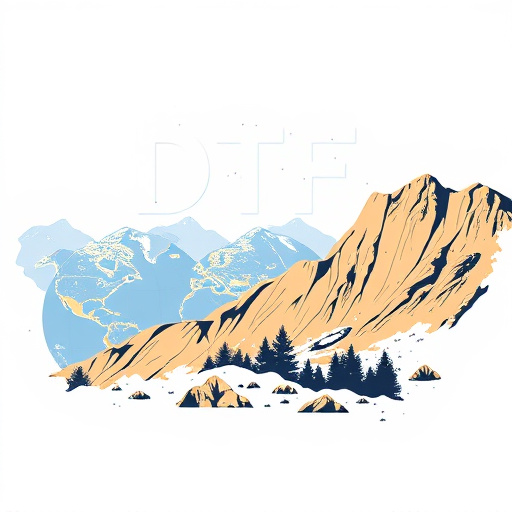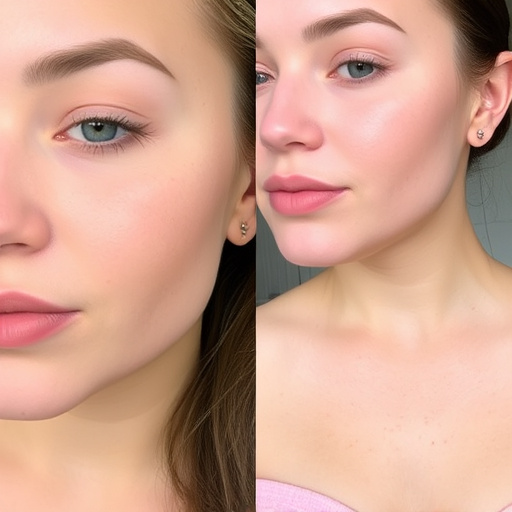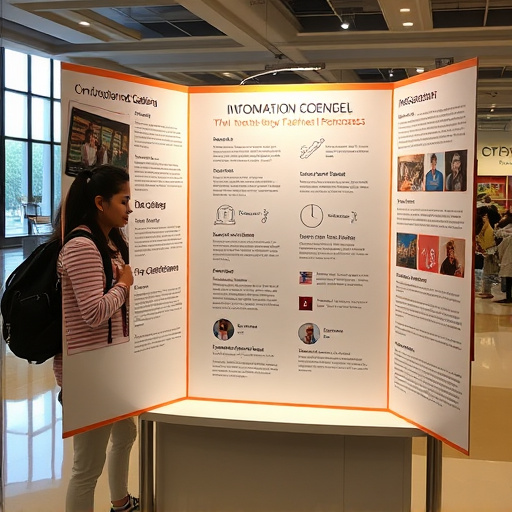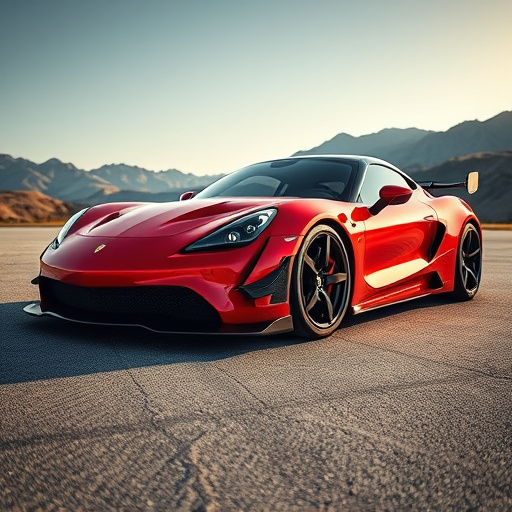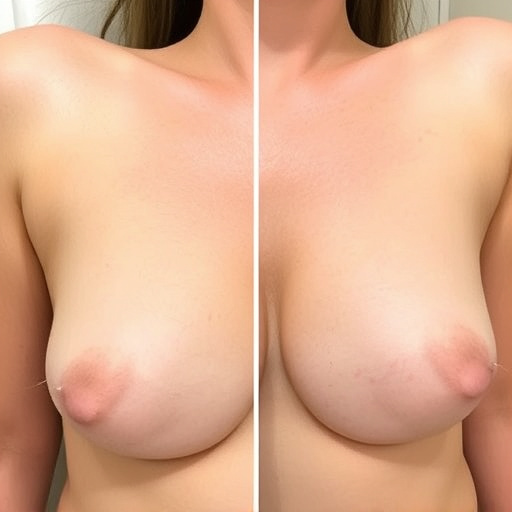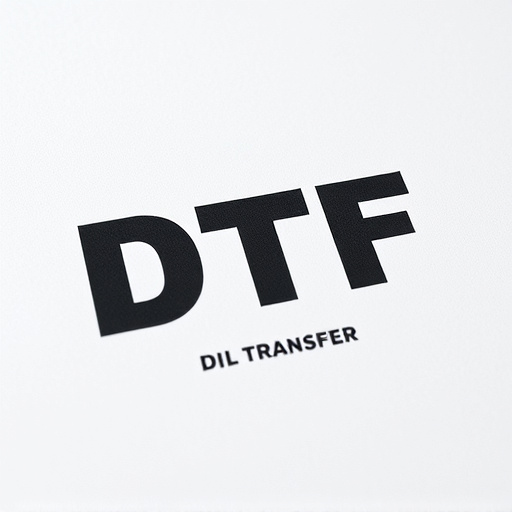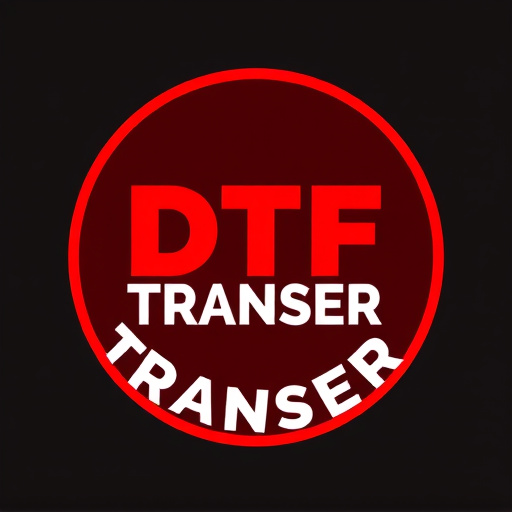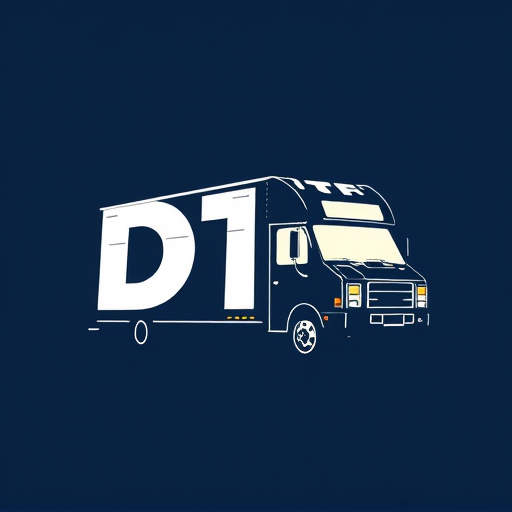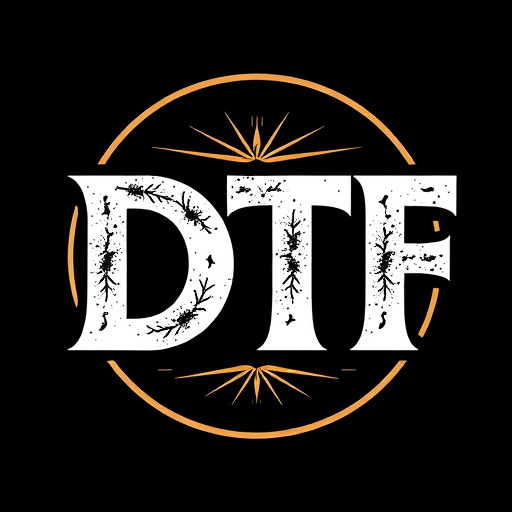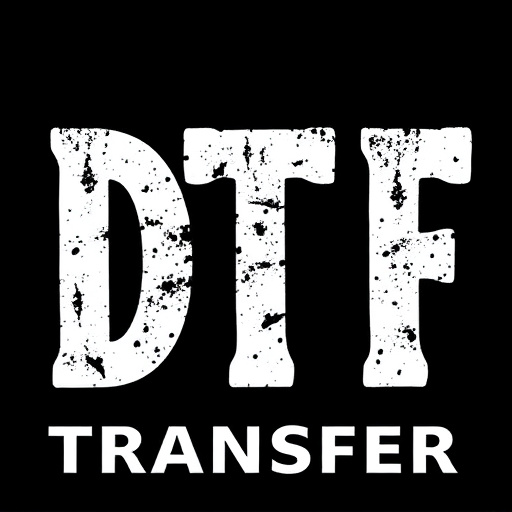Direct-to-film (DTF) transfer technology is revolutionizing decorative surface printing by enabling vibrant, multi-colored designs on diverse substrates like ceramics, glass, and wood without laminates. This innovative process offers precise control over intricate patterns, making it ideal for unique, eye-catching pieces. DTF's advantages include superior color vibrancy, durability, fast drying times, cost-effectiveness, and minimal setup time, suitable for small batches or custom artwork. It's transforming various industries, from signage to apparel, with applications on plastic, glass, metal, and textiles, enhancing both indoor and outdoor visuals. Choosing the right materials is crucial for optimal print quality, long-lasting colors, and enhanced aesthetic experiences. Future prospects include innovative material exploration and increased speed, making DTF Transfer a game-changer in design and production.
“Unleash the power of vibrant, multi-colored designs with Direct-to-Film (DTF) technology. This innovative printing method is revolutionizing the way we create visually stunning visuals on various surfaces. In this article, we’ll explore the intricacies of DTF, its benefits for complex color schemes, and how it transforms ideas into eye-catching realities. From understanding the technology to its diverse applications and future prospects, discover why DTF transfers are a game-changer in design.”
- Understanding Direct-to-Film (DTF) Technology: A Brief Overview
- Advantages of DTF Transfer for Multi-Colored Designs
- The Process: How DTF Creates Vibrant Visuals
- Applications: Where are DTF Transfers Used?
- Choosing the Right Materials and Substrates
- Future Trends in DTF Printing: Enhancing Design Possibilities
Understanding Direct-to-Film (DTF) Technology: A Brief Overview
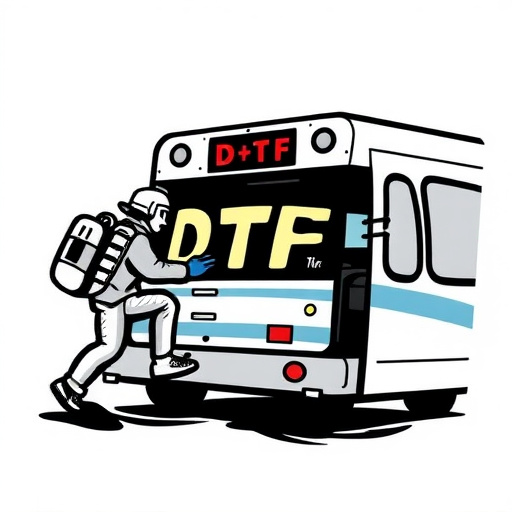
Direct-to-film (DTF) technology is a cutting-edge method that has revolutionized the way we approach decorative surface printing, especially in creating vibrant multi-colored designs. Unlike traditional techniques, DTF transfers don’t require a separate coating step, eliminating the need for laminates or overcoats. This innovative process allows for direct application of ink onto various substrates, ensuring superior color vibrancy and durability.
With DTF technology, intricate patterns and bold graphics can be seamlessly integrated into objects like ceramics, glass, wood, and more. The transfer process involves printing the design directly onto a specialized backing material, which is then precisely applied to the desired surface. This method offers exceptional control over the final outcome, enabling the creation of unique, eye-catching pieces that stand out in any setting.
Advantages of DTF Transfer for Multi-Colored Designs

The Direct-to-Film (DTF) transfer technology offers several advantages for creating vibrant multi-colored designs, making it a preferred method among many printing professionals. One of its key benefits is the ability to print on a wide range of materials, from textiles to plastics and metals, with exceptional color accuracy. DTF allows for fine detail reproduction, ensuring intricate patterns and gradients are captured perfectly. This technology provides designers and printers with limitless creative possibilities, enabling them to bring multi-hued, eye-catching designs to life across various mediums.
Additionally, DTF transfers offer excellent durability and fast drying times, making them suitable for items that will be subject to frequent handling or exposure to water. The process is cost-effective for producing small batches or custom designs, as it requires minimal setup time and can easily accommodate complex artwork. This versatility makes DTF an attractive option for businesses seeking a quick and efficient way to add distinctive, multi-colored branding or artistic elements to their products.
The Process: How DTF Creates Vibrant Visuals

Direct-to-film (DTF) technology revolutionizes the way vibrant, multi-colored designs are created and applied to various surfaces. This innovative process involves transferring intricate patterns and visuals directly onto a film, which is then used to print and bond with the desired substrate—be it fabric, wood, or metal. The DTF Transfer method ensures precise color reproduction, allowing for complex art and graphics to be achieved with remarkable depth and clarity.
By utilizing specialized printers and high-quality films, DTF enables a seamless fusion of design and material. The process starts with digital artwork that is expertly prepared and optimized for printing. This digital file is then transferred onto the chosen film, ensuring each color layer aligns precisely. During application, heat activates the adhesive properties of the film, allowing it to bond permanently with the substrate while encapsulating the design in a protective layer.
Applications: Where are DTF Transfers Used?

Direct-to-film (DTF) transfers have found their way into a variety of applications, revolutionizing the way we approach surface design and decoration. From vibrant signage and advertising to custom apparel and even home decor, DTF technology offers unparalleled versatility. This innovative process allows for the creation of multi-colored, intricate designs that can be applied to numerous materials, including plastic, glass, metal, and textiles.
In the world of graphics and printing, DTF transfers are a game-changer. They enable businesses to produce high-quality, eye-catching visuals for indoor and outdoor use, making them ideal for retail stores, restaurants, and event venues. Moreover, their application in the apparel industry has sparked a trend toward custom, personalized clothing, where intricate patterns and bold colors can be seamlessly integrated into garments.
Choosing the Right Materials and Substrates
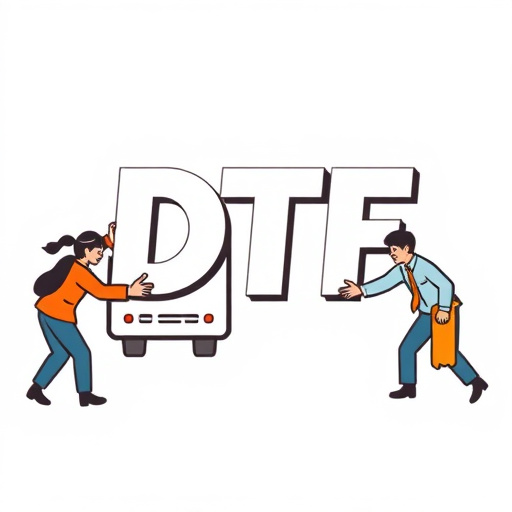
When it comes to vibrant multi-colored designs, selecting the right materials and substrates is paramount for achieving exceptional results with direct-to-film (DTF) transfer technology. The choice of substrate significantly impacts print quality, durability, and overall visual appeal. For DTF applications, flexible materials like vinyl, polyester, or fabric are popular choices due to their pliability, allowing for intricate designs and easy application on curved or irregular surfaces.
Each substrate has unique properties that influence the printing process. Vinyl, for instance, offers excellent color vibrancy and is resistant to fading, making it ideal for outdoor signage and durable decorations. Polyester fabrics provide a smooth surface for precise printing and are commonly used in textile design. Understanding material characteristics ensures optimal print outcomes and long-lasting colors, enhancing the overall aesthetic experience.
Future Trends in DTF Printing: Enhancing Design Possibilities

The future of DTF printing promises exciting innovations that will further expand design possibilities. One emerging trend is the exploration of new materials, allowing for a broader spectrum of colors and textures. This advancement can lead to more intricate and visually stunning multi-colored designs, pushing the boundaries of what’s achievable with direct-to-film technology.
Additionally, as DTF printing continues to evolve, we can anticipate improvements in speed and efficiency. Faster print times and enhanced productivity will enable faster turnaround for custom orders, making it an even more attractive option for businesses seeking unique, personalized products. These future trends showcase the potential of DTF Transfer to revolutionize design and production processes, offering endless creative opportunities.
